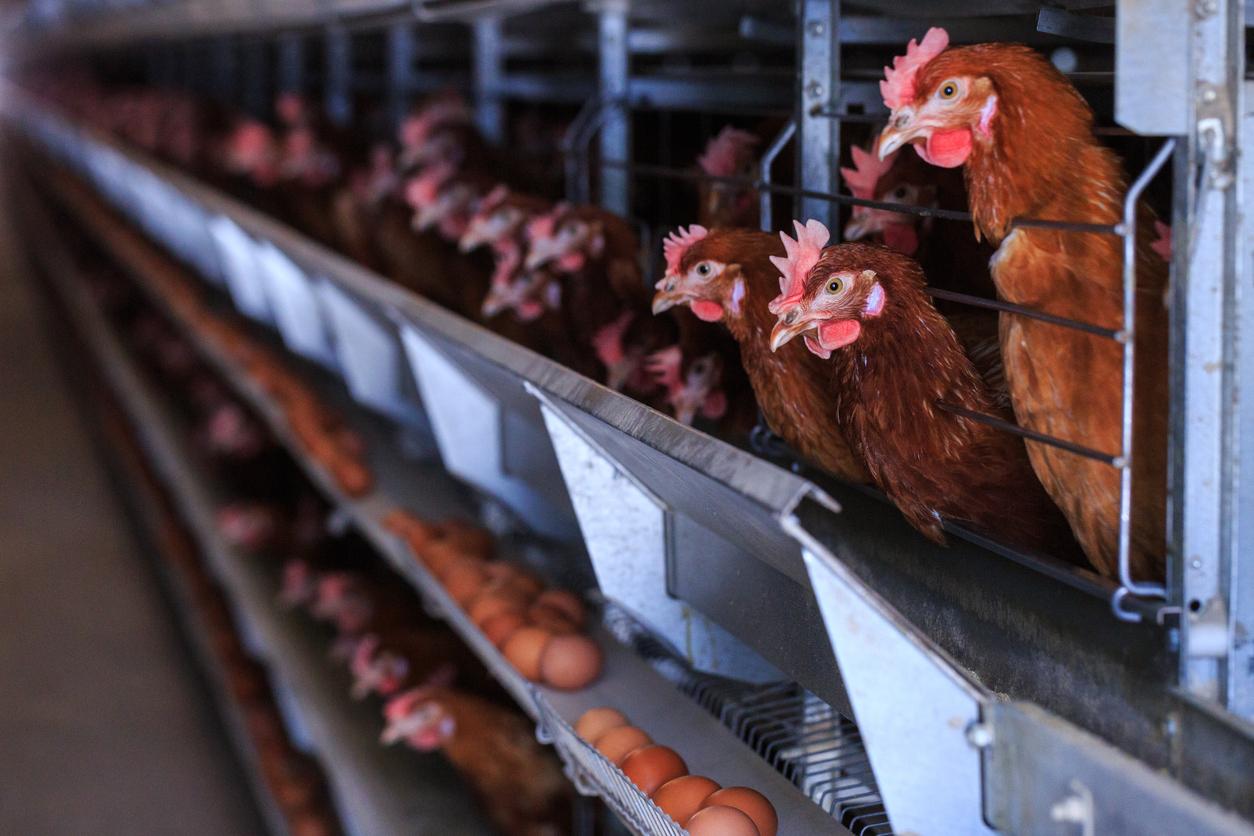New data released today by three European Union (EU) agencies shows that antibiotic consumption among food-producing animals on the continent has significantly declined in recent years and is now lower than it is in people.
The joint inter-agency surveillance report also identified a connection between antibiotic use in livestock and drug-resistant bacteria found in humans.
Officials with the European Centre for Disease Prevention and Control (ECDC), the European Food Safety Authority (EFSA), and the European Medicines Agency (EMA) say the findings of the joint report indicate that measures taken by many European countries to reduce antibiotic use in food-animal production are having an impact, and that further efforts to improve antibiotic use both in human and animal medicine could have beneficial impacts on antimicrobial resistance (AMR).
"These results highlight that prudent antibiotic use and infection prevention and control in both humans and food-producing animals are an essential step to reduce the burden of antibiotic resistance in humans," ECDC Director Andrea Ammon, MD, said in a press release e-mailed to reporters.
Significant decline in antibiotic use on farms
The data in the report, the third joint report on antibiotic use and resistance in 29 EU and European Economic Activity (EEA) countries, come from five different surveillance networks coordinated by the agencies. To compare antibiotic use in humans and food-producing animals, data for human consumption—typically expressed in terms of defined daily doses per 1,000 inhabitants per day—was converted into milligrams (mg) of active antibiotic substance per kilogram (kg) of estimated biomass.
Using surveillance data from 2017, the report found that the EU/EEA population mean antibiotic consumption in the 29 countries was 130 mg per kg of estimated biomass in humans and 108.3 mg per kg in food-producing animals. That's the first time since the agencies began publishing the joint reports in 2011 that antibiotic use in humans has exceeded use in livestock.
The lower consumption of antibiotics in livestock is the result of a significant decrease in antibiotic use in food-animal production on the continent in recent years—from 155.9 mg per population correction unit (PCU) in 2014 to 105.6 in mg per PCU in 2018. Human antibiotic use on the continent remained relatively stable during the same period, although an increasing number of countries saw declines in human antibiotic use.
The findings varied by country and antibiotic class. Antibiotic consumption was lower in food-producing animals than in humans in 20 countries, similar in one country, and higher in livestock in eight countries. Consumption of third- and fourth-generation cephalosporins, fluoroquinolones, and aminopenicillins was considerably higher in people, while consumption of macrolides was similar, and consumption of tetracyclines and polymyxins—a last-resort class of antibiotics that includes colistin—was significantly higher in food-producing animals.
The authors of the report attribute the decline in antibiotic use in food-animal production to several factors, including restrictions on the use of certain antibiotics, increased focus on the prevention of bacterial diseases, prescription control measures, and implementation of national action plans to reduce AMR occurrence. These measures have led to reduced use of tetracyclines, penicillins, and polymyxins on farms.
Links between consumption, resistance
The assessment of associations between antibiotic use in both humans and food-producing animals and the presence of resistant bacteria from humans and food-producing animals found, in general, that the strength of the association varied by antibiotic class, microorganism, and sector.
For example, human consumption of carbapenems, which are typically used to treat serious multidrug-resistant infections in hospital patients, was significantly associated with increased probability of carbapenem resistance in invasive Escherichia coli isolates obtained from human infections. Significant associations were also found between human use of third- and fourth-generation cephalosporins and fluoroquinolones and E coli infections that were resistant to those antibiotics.
Similarly, strong associations were observed between fluoroquinolone use in livestock and fluoroquinolone resistance in indicator E coli from livestock, and between fluoroquinolone use in poultry and fluoroquinolone-resistant Salmonella bacteria in poultry.
Through univariable and multivariable analyses, the report also attempted to tie antibiotic consumption and drug-resistant bacteria in food-producing animals to resistant bacteria in humans. Most antibiotic resistance experts believe that connection exists, and that inappropriate antibiotic use of medically important antibiotics on farms, as a result, threatens human health.
The findings of these analyses showed that the strongest link involved Campylobacter bacteria, which is a common cause of foodborne-illness in people. Multivariate analysis showed a significant positive association between fluoroquinolone-resistant Campylobacter in animals and people, with fluoroquinolone consumption and resistance in animals having a direct effect on resistant Campylobacter in people.
Similar findings were observed for tetracycline-resistant Campylobacter jejuni bacteria found in poultry and people.
"The association between resistance of C. jejuni from broilers and turkeys and resistance in humans may be explained by the dominant role of these poultry species and their meat as sources of human Campylobacter infections," the report states.
Other key indicators
Among the other noteworthy findings in the report were that the proportion of methicillin-resistant Staphylococcus aureus (MRSA) declined in most EU/EEA countries from 2014 through 2018, while the proportion of third-generation cephalosporin-resistant E coli isolates in humans increased in 12 countries and declined in 11. Meanwhile, the proportion of E coli isolates in food-animals that were susceptible to all tested antibiotics increased in 26 countries and declined in only three. These indicators have been designated as key parameters for monitoring trends in antibiotic use and AMR in humans and animals.
The agencies say they are continuing to work on harmonizing and integrating surveillance data across sectors to better understand the relationship between antibiotic consumption and AMR.























